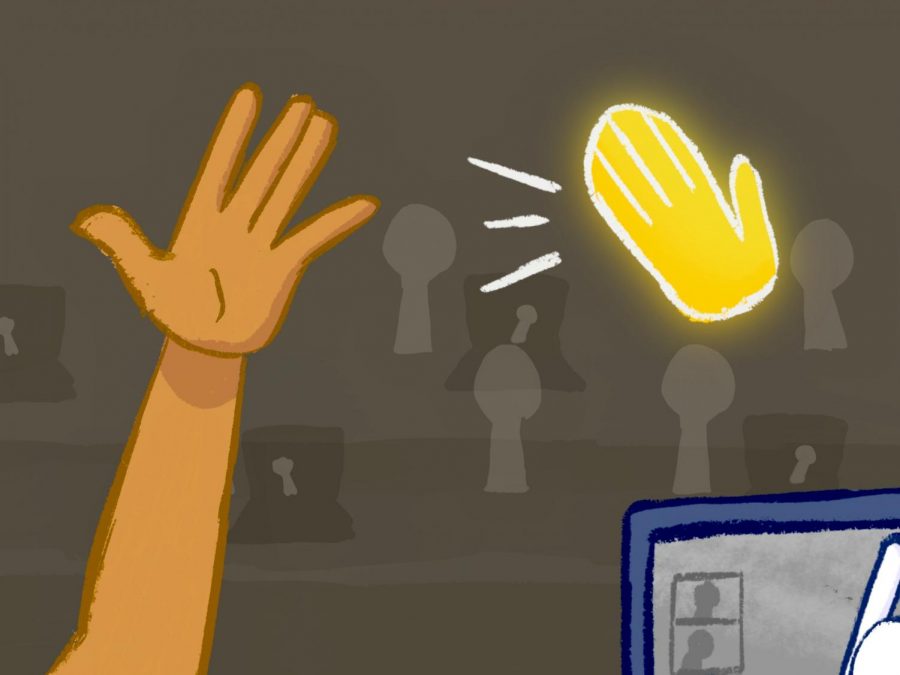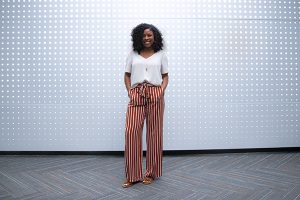Keep virtual classes synchronous
September 15, 2021
On Aug. 18, the UT Provost’s Office announced that, in light of the worsening COVID-19 case rates across Texas, professors would have the option to adjust the format of their in-person classes until Sept. 17. The specifics were left up to individual professors but included reducing classroom density, which could involve certain portions of the class joining in-person on various days, or moving to a completely virtual environment.
Numerous professors have since altered their classes. While some professors are holding virtual classes through Zoom or the Liberal Arts Instructional Technology Services streaming system, many others are using the policy as an opportunity to shift to an asynchronous class format, where students have access to course material and recordings to complete on their own time, rather than on a predetermined weekly schedule.
While forfeiting synchronous meetings for asynchronous content can be more convenient, changing the format for students that built their schedules around certain classes is unfair and warps the structure that synchronous classes create. Professors teaching virtually or in a hybrid format at the start of the semester should continue to teach at synchronous class times to maintain a steady schedule and easy transition back to in-person classes for their students.
One of the strongest arguments in support of asynchronous learning is the flexibility it can provide students, as they don’t have to dedicate predetermined hours of the day to that course. However, this convenience comes at the expense of regularly scheduled interactions, such as the opportunity to ask questions as the instructor is lecturing.
“At the end of the day, since (the virtual component) is asynchronous, you’re kind of at a disadvantage compared to the people in the live audience because they would’ve been able to ask questions that they came up with on the spot,” biology sophomore Vedin Barve said. “If you’re in that asynchronous position and you have questions, you’d have to find your own time to reach out as opposed to getting that question addressed right then and there when you thought of it.”
Completing course content alone and on an individual schedule also hinders opportunities for students to connect, both with their peers and their professors.
Assistant chemistry professor Zachariah Page utilizes a flipped classroom approach to his virtual organic chemistry course, where students view optional background content before class and then work through practice problems in breakout rooms during the scheduled synchronous lecture times.
“As much as there may be resistance to having (synchronous problem-solving sessions) and students wanting to just sit and learn the material, I think this is a better strategy for people to be successful in organic chemistry and hopefully retain the knowledge,” Page said.
For flipped classrooms such as Page’s, the opportunity for students to work through complex problems alongside instructors conveniently relies on synchronous instruction. Meeting at a predetermined time that both professors and students decided on means that even if students are not able to attend office hours or recitation sessions, they’re still guaranteed at least one opportunity to engage with their professors and peers.
Professors who moved to a virtual or hybrid class format for the first few weeks of the semester should maintain a synchronous mode of teaching. For some, an asynchronous format might click, but students who were under the assumption they were meeting in person at specific times shouldn’t have to pivot their learning habits with so little warning.
Costello is a human development and family sciences sophomore from Boerne, Texas.











